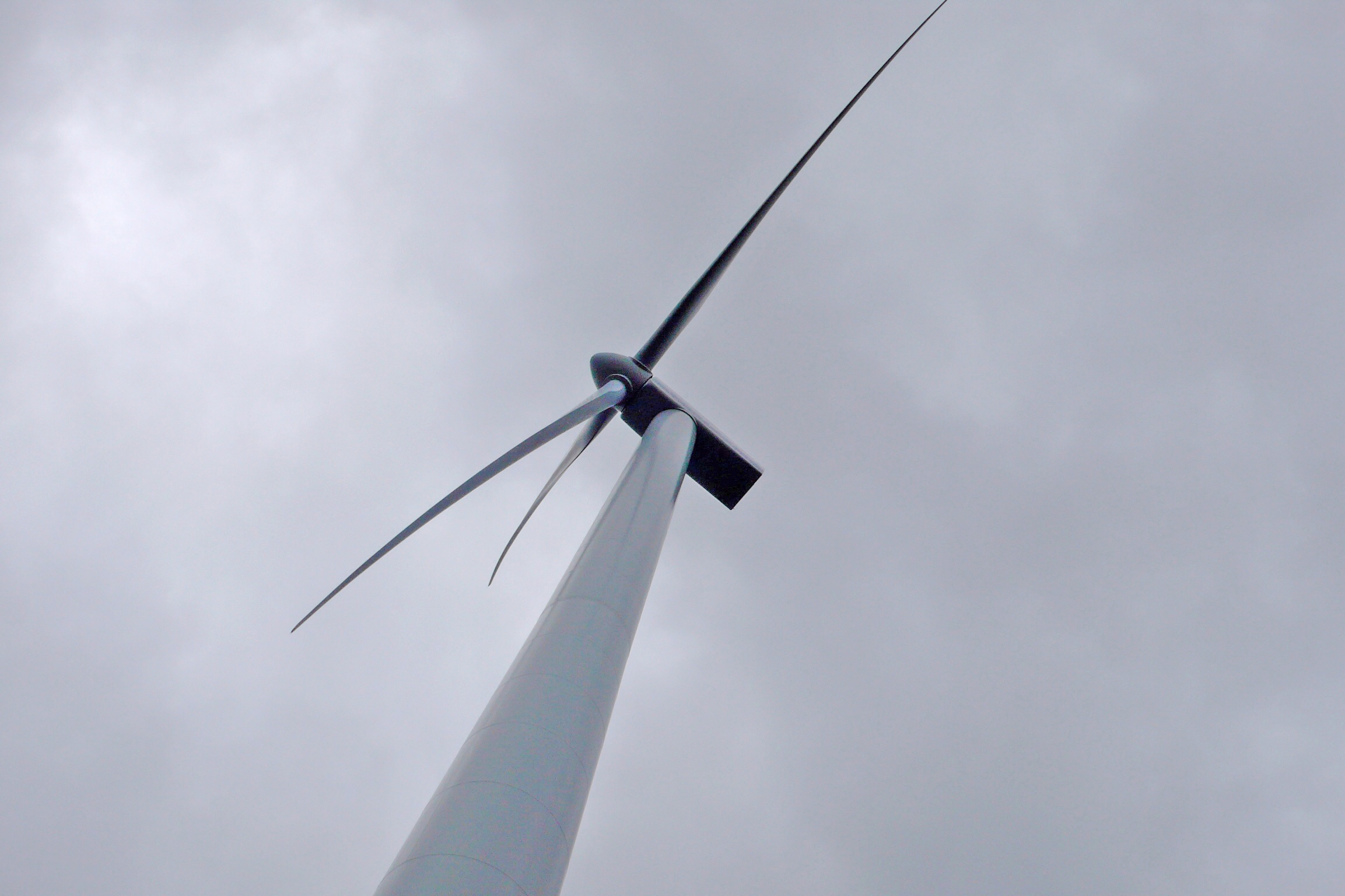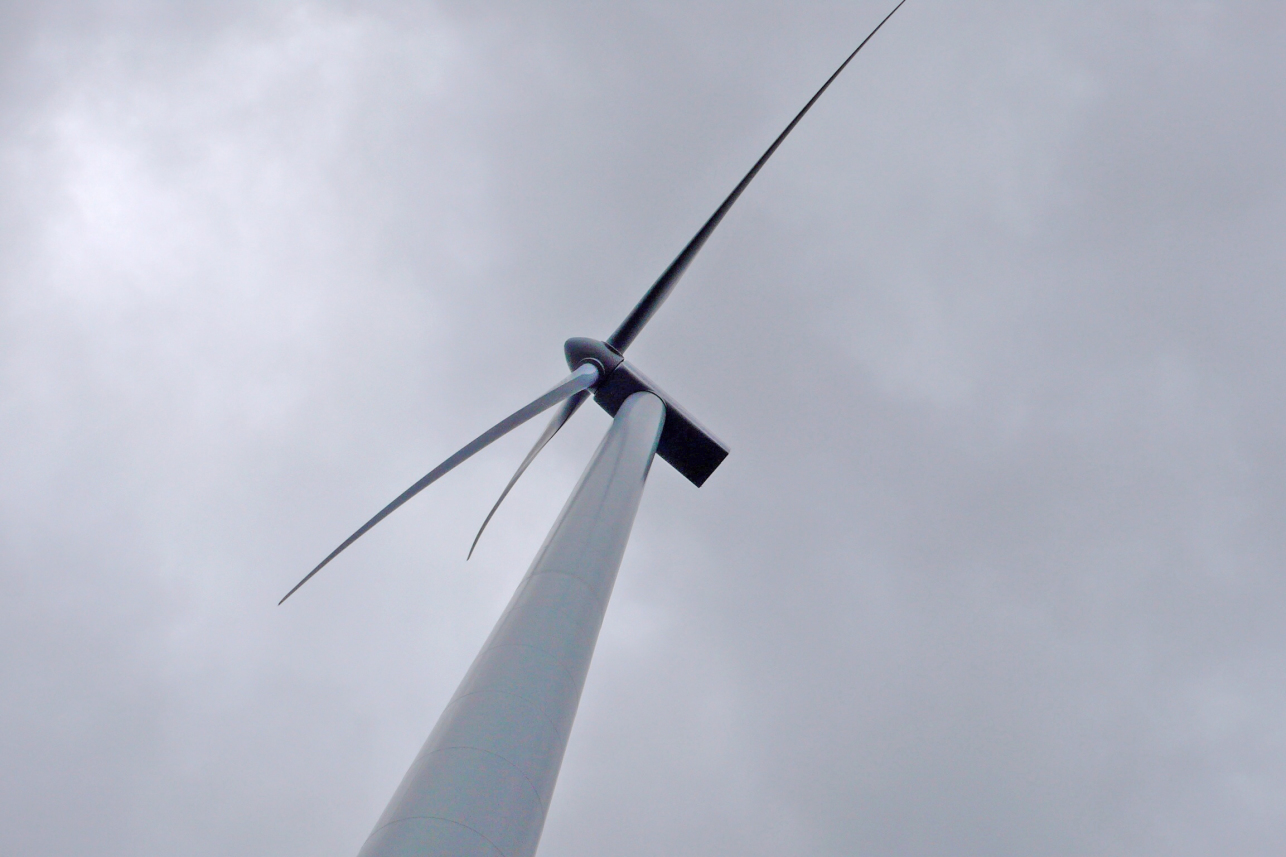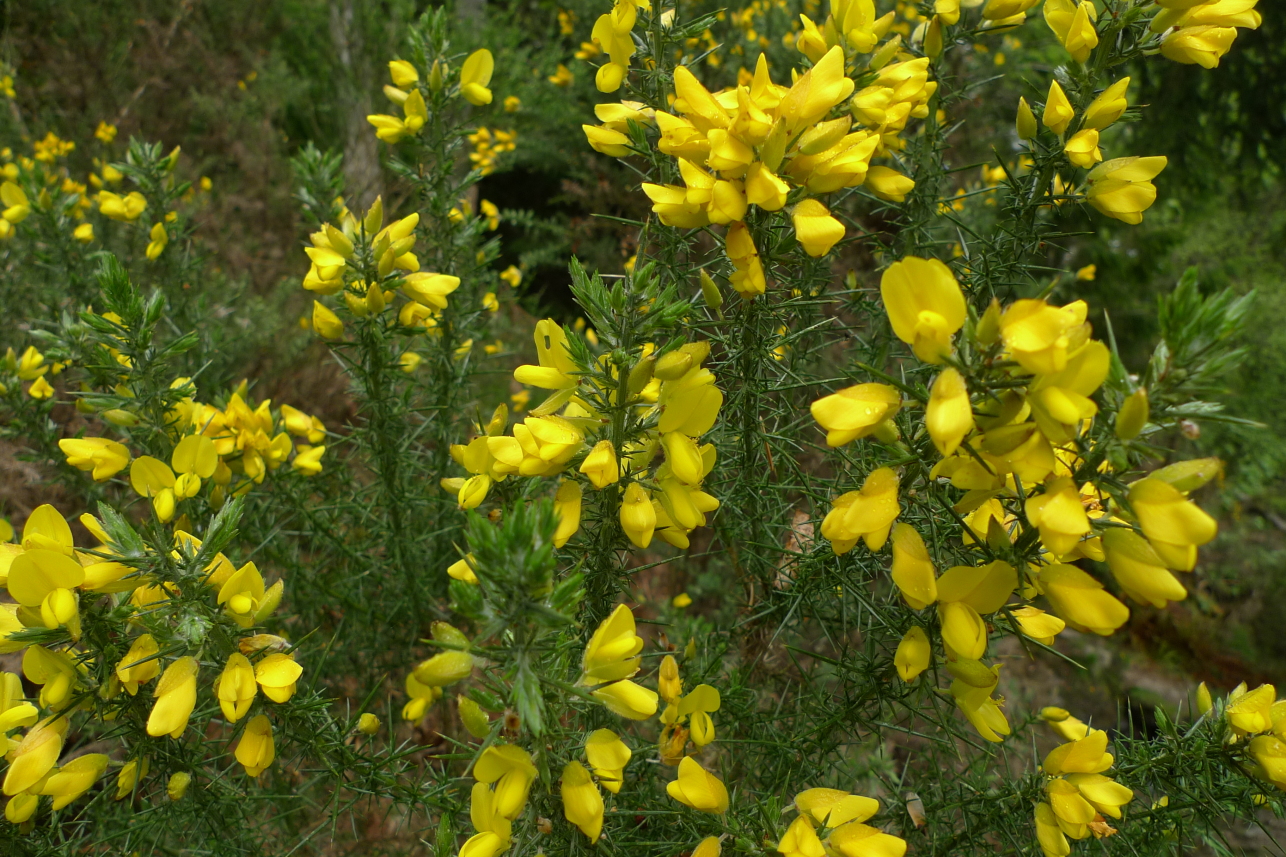Trust objects to wind farm in Wild Land Area
Failed application for Sallachy wind farm near Lairg in Sutherland returns in revised form.

After reviewing proposals for a nine-turbine wind farm development in the Reay-Cassley Wild Land Area, the Trust has decided to object.
The application represents a revision of an earlier application for 22 turbines on the Sallachy Estate, near Lairg. The Trust objected to that earlier application because it would have had a major detrimental impact to the landscape, visual amenity and wild land characteristics of an area in close proximity to the Assynt-Coigach National Scenic Area. In their decision to refuse consent in 2015 the Scottish Government concluded the significant adverse effects on the Wild Land Area would amount to the area no longer being considered wild land.
Last year the application was resubmitted in a substantially scaled-down form, from 22 turbines to nine. The revised layout shows nine turbines in a line on the elevated peatland slopes above the southern shore of Loch Shin. As well as the 149.9 metre turbines, there would be associated infrastructure on the site, including a new access track, an upgrade to the existing track, a substation, underground cabling, hard standings, and borrow pits.
The national importance of wild land as a finite resource has been recognised in National Planning Policy since 2014 and has been upheld in all but one example. The consented Creag Riabhach wind farm in Altnaharra, comprising 22 turbines, extends into the Foinaven-Ben Hee Wild Land Area. At the time Creag Riabhach was proposed NatureScot’s guidance on assessing wild land impacts of proposed development had not been published and in their application the developer relied on mapping of the Search Areas for Wild Land rather than the finalised map of Scotland’s 42 Wild Land Areas.
In late January 2021 we held an online meeting with the developer to discuss the revised plans. In May 2021 a small group of Trustees and staff visited the site.
Rosie Simpson, Senior Policy Officer for the John Muir Trust said: “We recognise that the developer has undertaken thorough community consultation and has followed best practice guidance in offering the community a share of ownership. However, after discussing the application with the developer, reviewing the documentation and visiting the site, we remained concerned about the direct impacts to the wild land qualities associated with the elevated peatlands of the south-eastern part of this Wild Land Area and also the impacts to peat directly given the proposed site is priority peatland habitat. With another proposal, ‘Achany extension’ wind farm at scoping stage, also proposed in the south eastern part of this Wild Land Area, the decision of the Sallachy application could determine the future of this whole Wild Land Area. On those grounds, we felt we had no option but to object to this proposal.”
“Given the successful decarbonisation of the power sector over recent years (Scottish Renewable statistics show this sector is nearly decarbonised), with options to repower and extend existing capacity, Scotland has choices for how best to use land that has not been developed in responding to the climate emergency. Nature-based solutions to climate change are a cost-effective option that bring multiple public benefits and Scotland’s wild land, as a finite resource, could be prioritised as a natural store of carbon, for nature’s recovery and the wild landscapes that support health and wellbeing. Each of these are vital in a post pandemic recovery.”
In July 2020 the Just Transition Commission published their recommendations for achieving a ‘just green recovery’. These included, for immediate action: investment in warmer homes; improving and decarbonising bus services; helping the rural economy by helping nature; new jobs for oil and gas workers; aligning skills development with the net-zero transition; and attaching environmental conditions to funding.
Given how far the energy sector has come in decarbonising there is an argument that now is the time to invest in the other strategies we need to reach net zero.
- Read the Trust's objection to Sallachy wind farm.

Find out more about this application (comments close 23 May 2021)
Go to the Highland Council’s e-planning portal. Search for ‘Sallachy’ or by the application reference number ‘21/01615/FUL’


